Editor’s Note: A print version of this story incorrectly attributed a local business owner’s comments to the GAI project when he was actually referring to a different alley cleanup initiative. The misattributed quote has been removed.
The city of San Marcos is set to begin work on reconstructing Kissing Alley as part of a pilot project to redesign downtown alleys.
Construction on Kissing Alley, located between East Hopkins and East Hutchinson Street, will begin in late 2025 as part of San Marcos’ downtown Capital Improvement Plan (CIP) approved in 2024.
The project will replace asphalt with permeable pavers, allowing water to filter through limestone gravel beneath, aiding flood control. The reconstruction will also include measures to improve walkability for residents traveling in downtown San Marcos.
The Green Alley Initiative (GAI) started in 2019 in response to the city’s plans to reconstruct alleys, including Kissing Alley, from the work of Lisa Arceneaux, a San Marcos environmental engineer and a co-author of the GAI, and Sarah Simpson, an urban designer and co-author of the GAI.
“If you’re going to already renovate [the alleys], let’s include green aspects,” Simpson said. “Include low-impact development designs into the project versus just plain old asphalt and keeping the alleys in the dormant state that they have been in for a really long time.”
The city and GAI co-authors chose Kissing Alley as the pilot due to its establishment as a space for community gathering and its inclusion as a part of broader downtown revitalization efforts.
According to the city’s 10-Year CIP, the current estimated construction time for the Kissing Alley project is from September 2025 to March 2027.
While the CIP estimates that renovations to Kissing Alley will cost just over $1 million, cost overruns have caused delays to the project’s start.
According to Arceneaux, rising building costs are a significant cause of the cost overruns, with a REjournals report finding construction expenses across Texas rose 30% from 2023 to 2025.
Madeline Baker, San Marcos communications specialist, said most of the project’s funding comes from the San Marcos Tax Increment Reinvestment Zone, a special district that reinvests property taxes into developments, a grant from the Texas Commission on Environmental Quality. The remaining costs are covered by CIP funds.
According to Arceneaux, future reconstructions of additional alleys will depend on the success of the Kissing Alley pilot
Aspen Navarro, community science and watershed services manager of the Meadows Center, said the center was an early supporter of the project as part of its watershed protection outreach.
Arceneaux said expanding the project to include all the alleys in San Marcos would be simple, utilizing the same basic technology of permeable pavers and urban design concepts
“If it’s going to be one way for one alley, all you do is scale up, you’re just using the same technology, the same concepts, the same funding you’re just scaling up,” Arceneaux said.
According to the GAI report, permeable alleys would filter stormwater runoff and send cleaner water to the San Marcos River. This would also prevent surface water buildup, reducing the risk of localized flooding during rain events
“If there are utilities under the pavers, and that utility line breaks, [the city has] to be able to get to that utility,” Arceneaux said. “There’s a way to open up the pavers, get to the utility and put the pavers back; current city staff is not trained in that, but there are people who can train them.
Simpson said the GAI will benefit pedestrian foot traffic in downtown San Marcos.
“A part of what’s proposed is activating the alley with lights… When somebody sees a lit alley, you’re going to feel safer walking through it,” Simpson said
Scott Gregson, owner of the property where Blue Dahlia Bistro is located, which sits alongside Kissing Alley, said the pilot project would be good for his business.
“The city’s investment in enhancing our alleys, starting with Kissing Alley, often overlooked as simple back-end access points for businesses, paired with a unified effort by local business owners to responsibly manage refuse, creates a unique opportunity to revitalize an underutilized area,” Gregson wrote in a statement.
Gregson also said while construction on the alleys would be painful for businesses, it would be necessary for development.
“Progress is painful but it’s necessary as the city continues to grow and downtown continues to develop,” Gregson said. “[But] any type of construction like that [creates] some kind of access problems.”



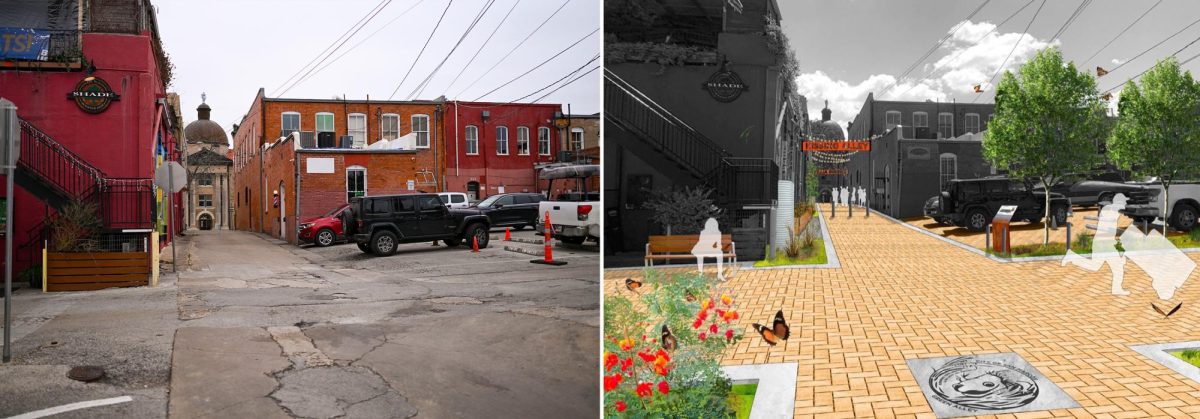





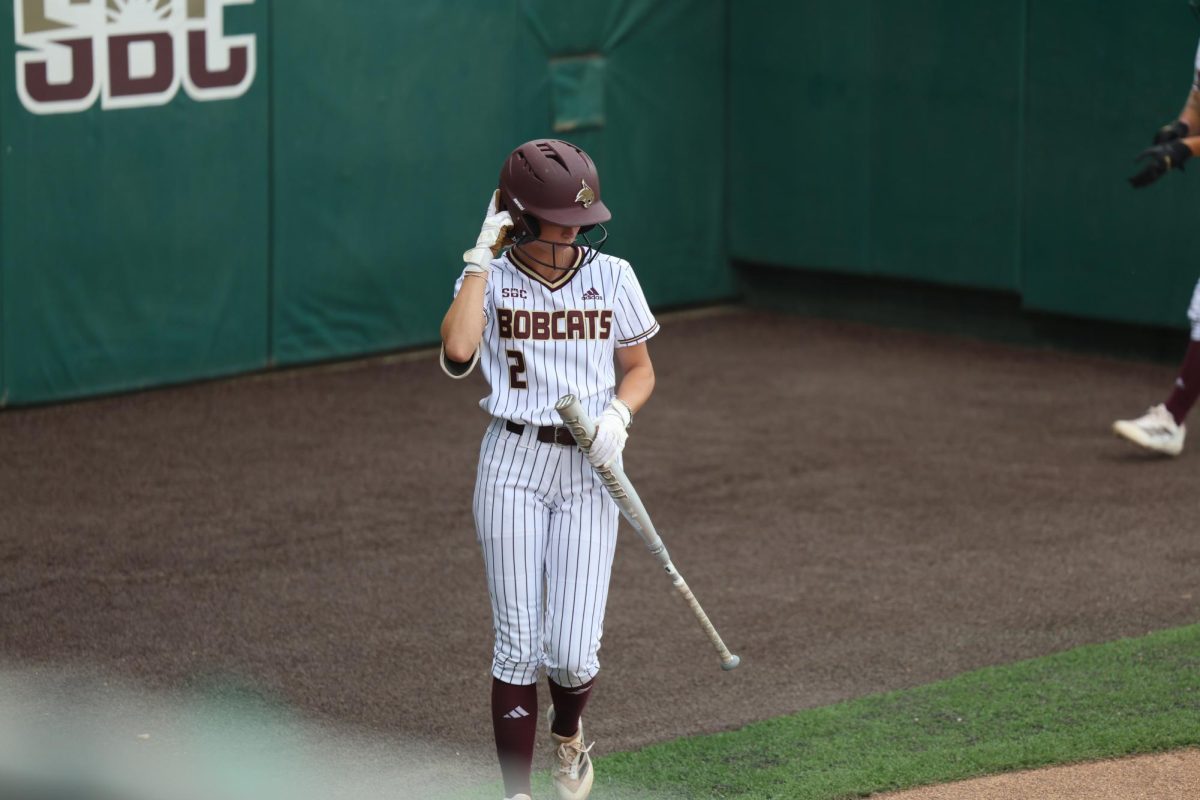
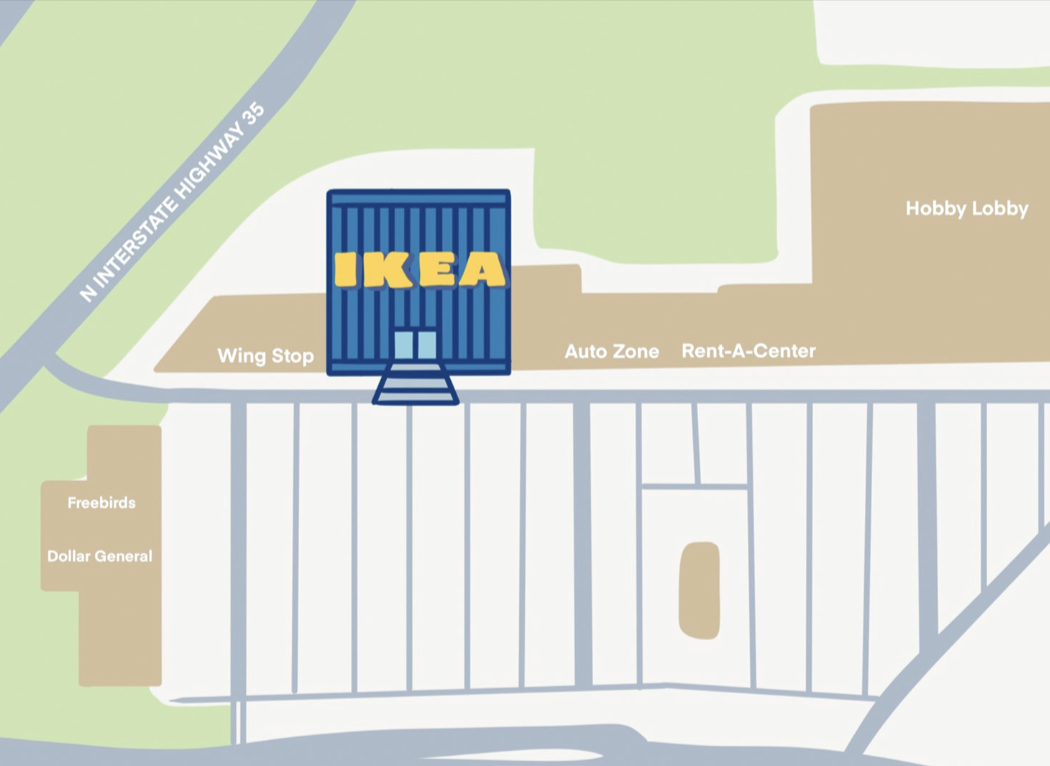



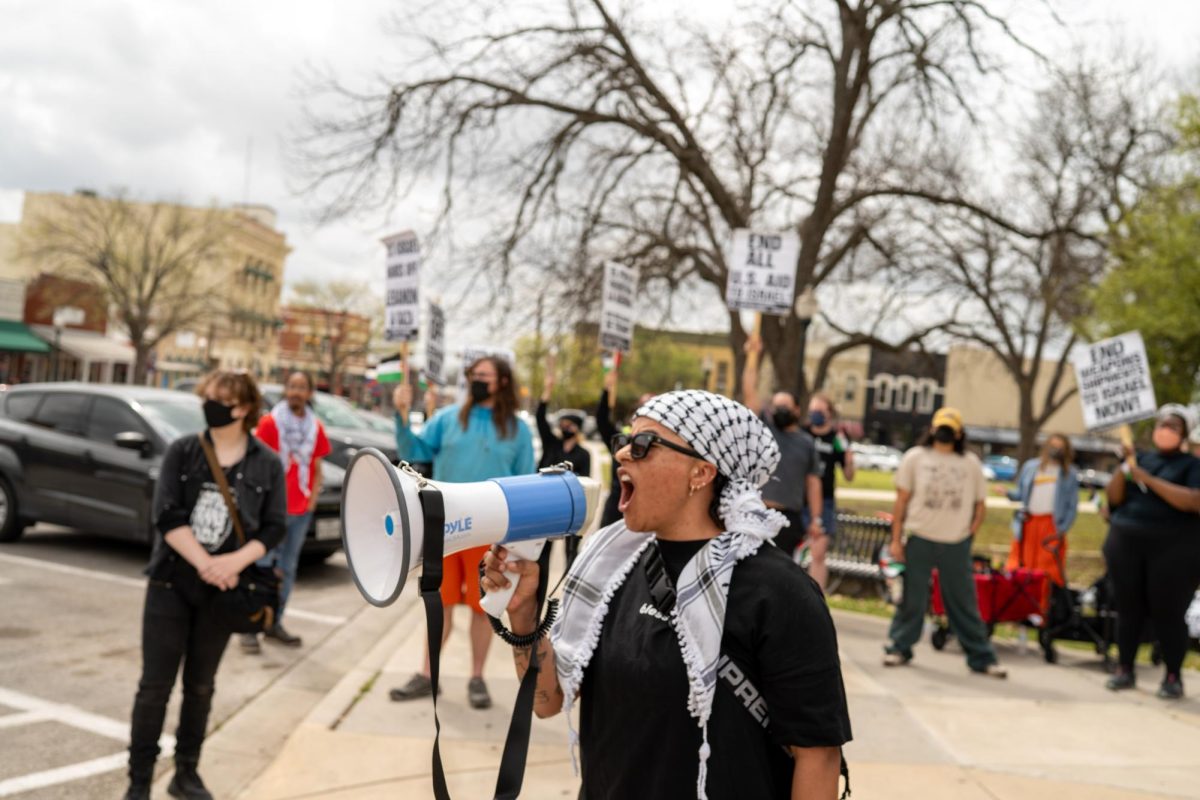

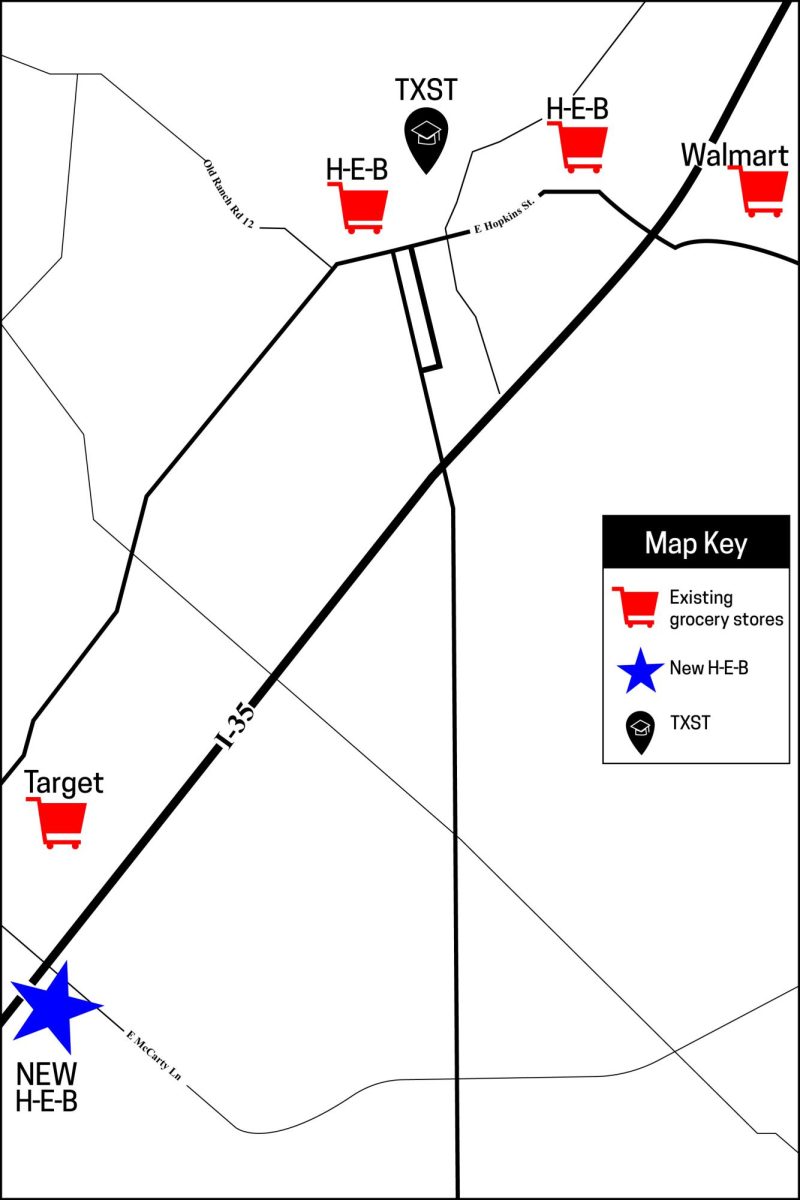
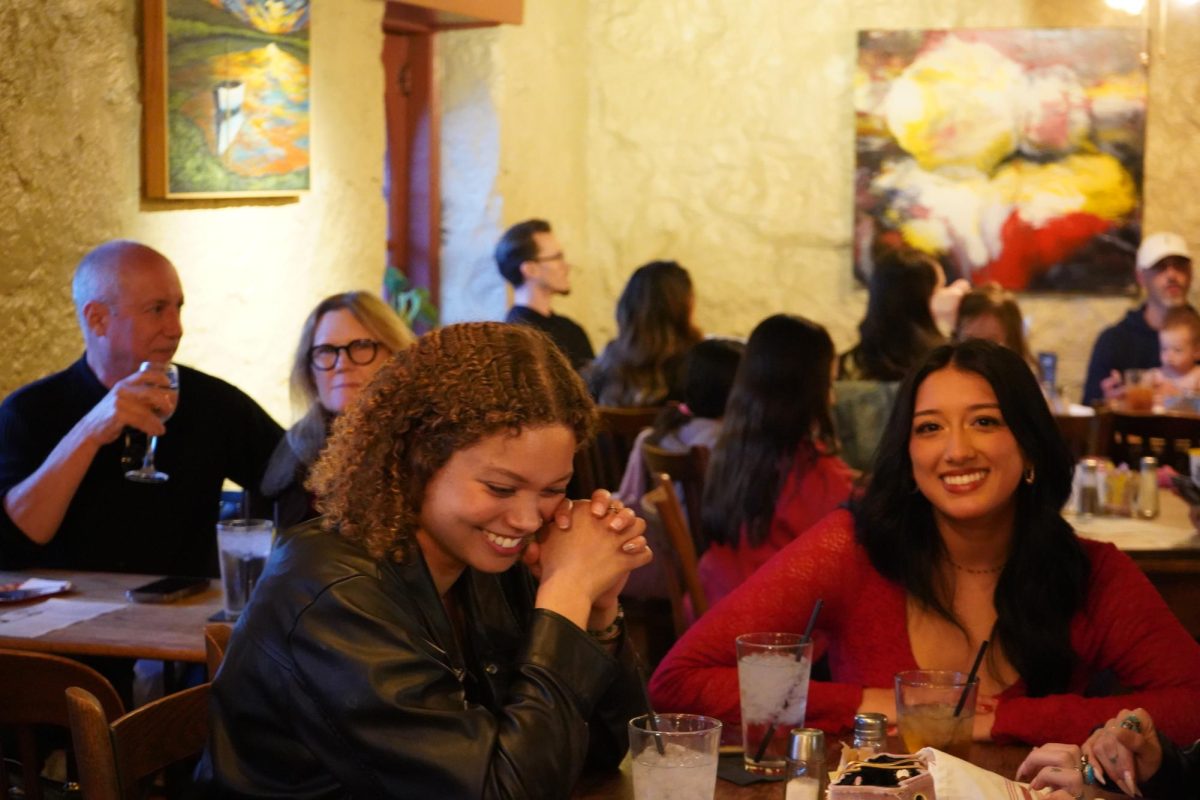



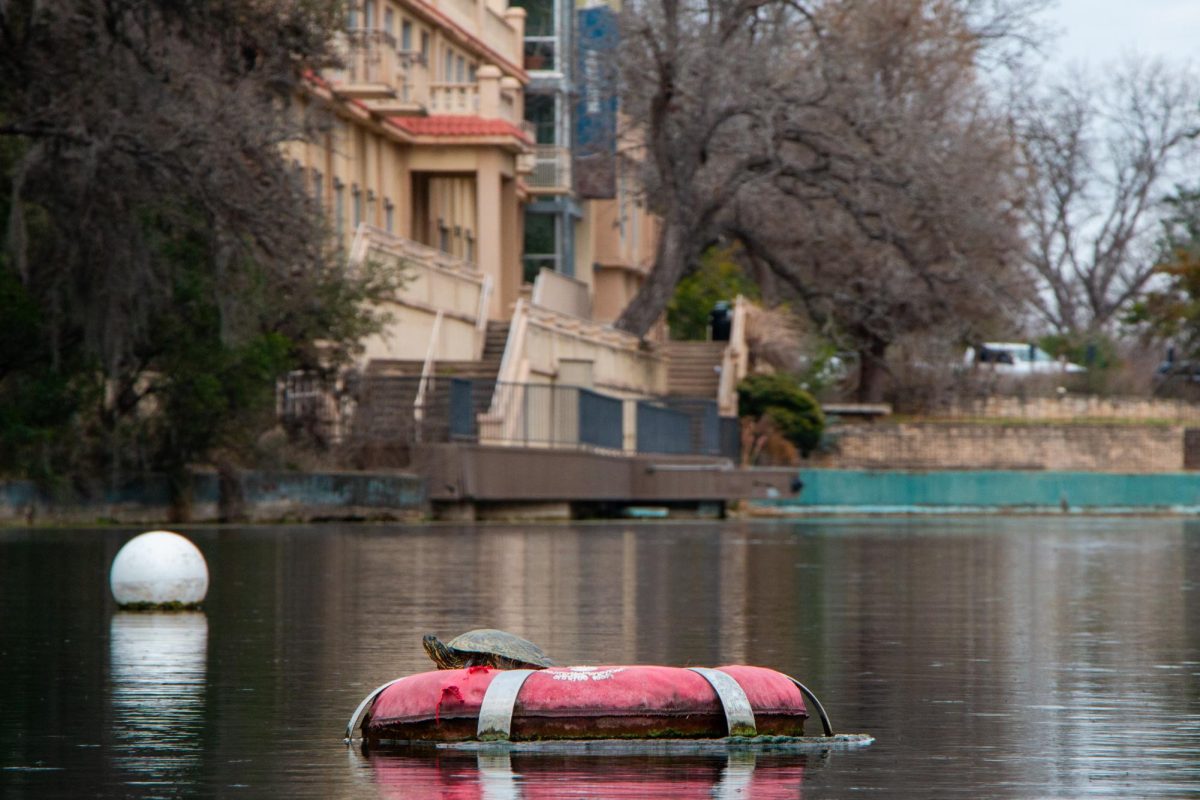
Linda Plevak • Mar 1, 2025 at 7:58 am
Bravo. The concept description sounds lovely and a great choice for both the environment and local businesses. I already want to visit San Marcos so I can see the alleyways…and eat some yummy food while there. Linda P. Boerne, TX